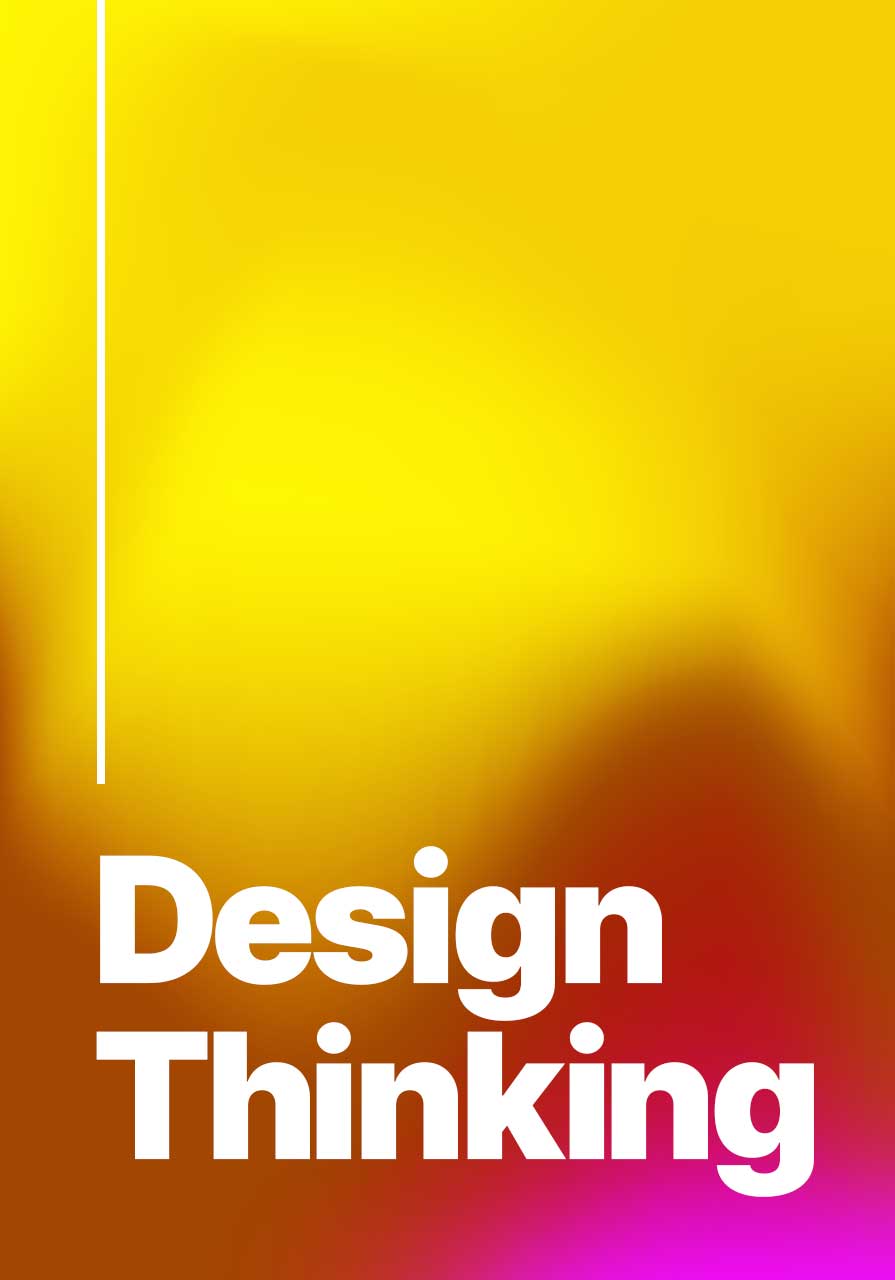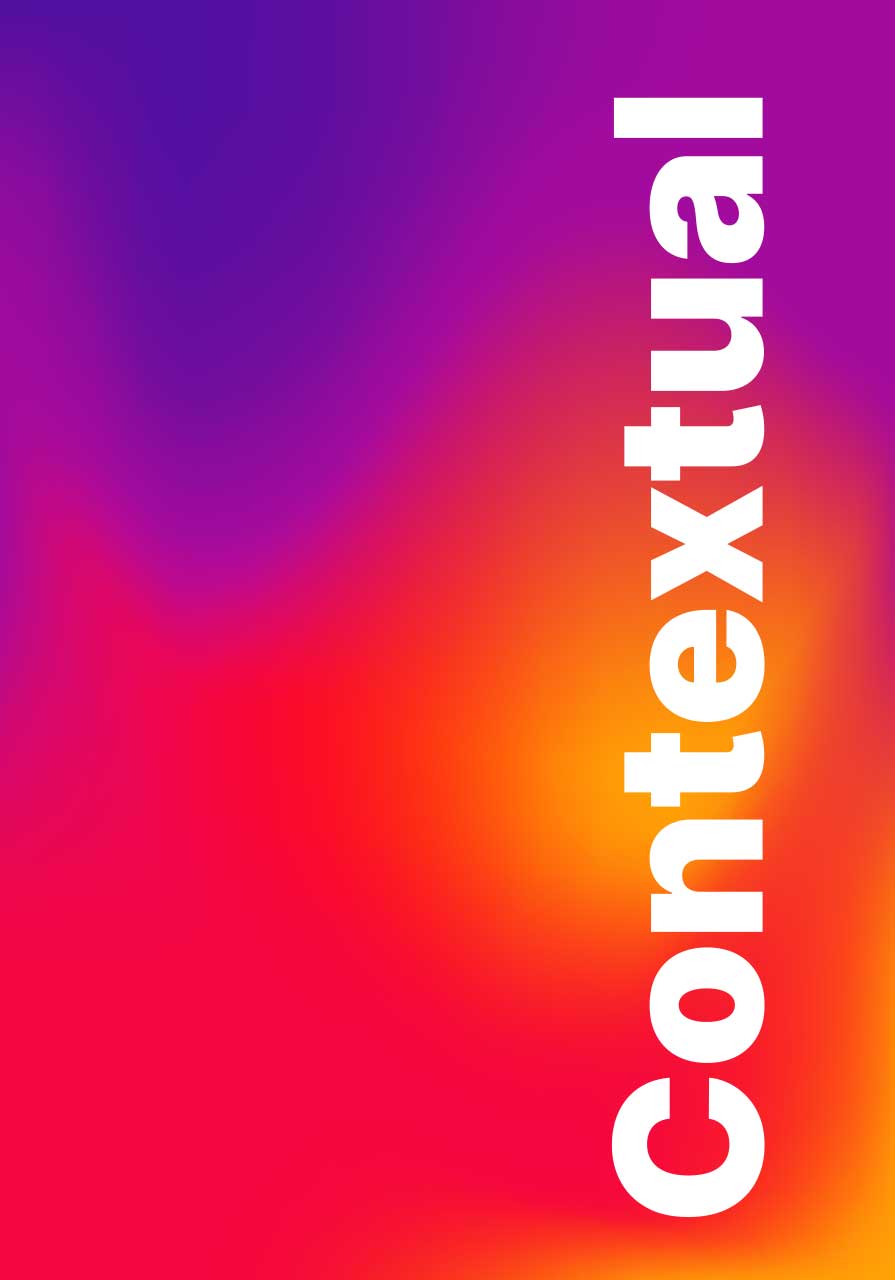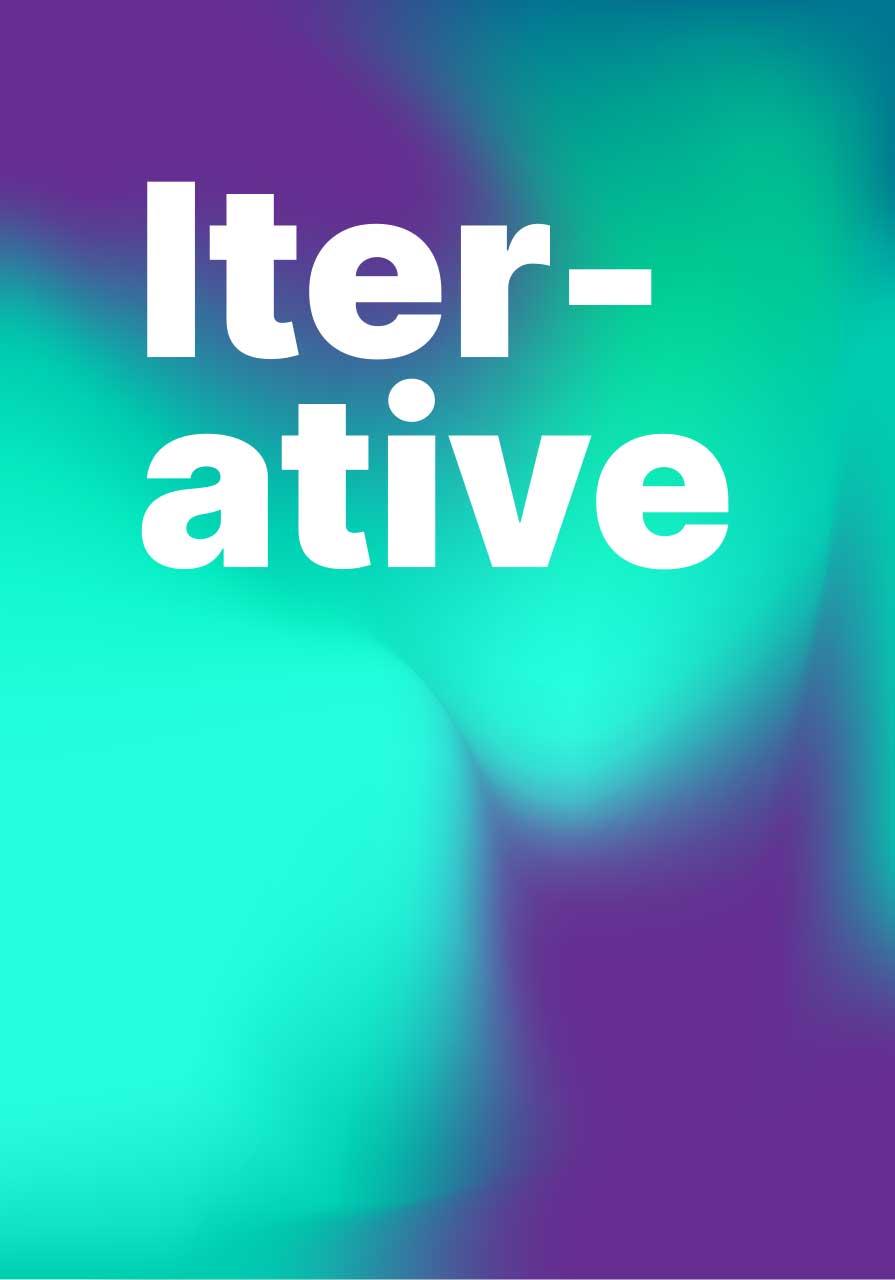Conceptual Design
No matter the scope of a UI/UX design, every project must commence at a starting line until it gradually makes its way toward a trajectory of completion. Although early stages of development allow more room for the liberty of design building with broad ideation, they are paramount to the integrity of a project’s eventual lifespan.
The preliminary process of design is known as the conceptual design phase which sets an outline in place that aids developers and designers in defining a project’s form and function.
Conceptual phases build the initial ideation of interactions, experiences, and strategies that embody stakeholder objectives, user research, task prioritization, and iterative refining.

The process of a conceptual design phase often includes:
- Project Scope & Goal Identification
- Define End User
- Task Prioritization
- Wireframe Design
- Evaluate and Regroup
Goal Identification
Identifying the goal of a project occurs in the conceptual stage as a prerequisite before the design ideation occurs. This initial kick-off allows designers and developers to work together with stakeholders and clients to determine the underlining goals that the web design needs to achieve, the purpose of the project, and what the stakeholders wish for the interface to fulfill.
By communicating these essential aspects and considerations, the UI/UX team can begin organizing these priorities and objectives to streamline the project scope.
User Research and Definition
Research is a fundamental stepping-stone for data-driven and user-centric design. Prioritizing the needs and preferences of the user is best achieved when backed by data that highlights the specificity of what an end-user prefers. This pivotal area of research allows UI/UX teams to better capture design tonality and alignment.
Task Prioritization
Once there is an overall alignment of what a project scope will entail, a further focus on what needs to be designed and developed ensues. Team leaders can provide a general breakdown of the project’s fruition, such as what needs to be included and considered and as well as the timeline of the project build-out. This step is essential because it ensures team members are on the same page and have the same understanding of the upcoming process.
Wireframe and Concepting
Within a wireframing stage, there is an intersection in which research and design intersect to create design concepts and site mapping. Wireframes allow a high-level visual outline of how a project will be structured while simultaneously offering a clearer project direction to an interface as it begins to set the stage for pathway buildouts and navigation. Concepting and wireframing can consist of concept sketching, information architecture and hierarchies, and site mapping.
Refinement and Delivery
Wireframes are iteratively refined internally and shared with stakeholders before truly delving into visual designs and further functionality structuring, which promotes productivity by aligning with a client to ensure their expectations are matched with the conceptual vision. An important component of an iterative design methodology that is inherently embedded into conceptual phases is the understanding that refining and testing must occur often to build the foundation of functionality down the line.
Conceptual design embodies the preliminary steps to design but holds the weight of immense importance for the vitality of an upcoming user experience.



